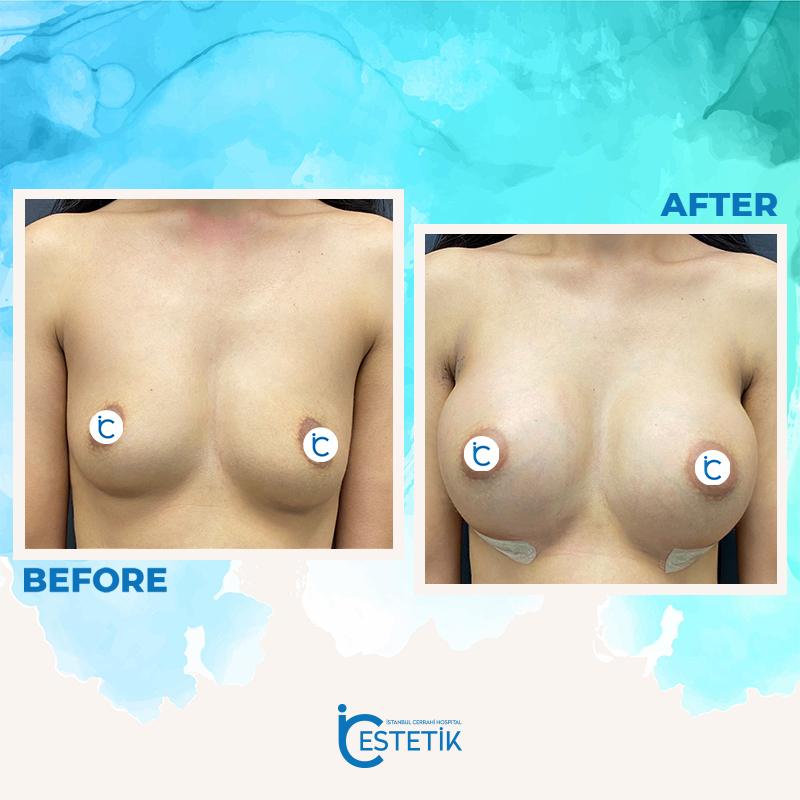Breast Lift
A breast lift, also known as mastopexy, is a surgical procedure performed by a plastic surgeon to reshape and raise sagging breasts. Here is a modified version of the information you provided:
A breast lift, or mastopexy, is a surgical procedure performed by a plastic surgeon to reshape and raise sagging breasts. During the procedure, excess skin is removed, and breast tissue is reshaped to create a more youthful and uplifted appearance. A breast lift can help address sagging breasts and nipples that point downward.
The primary goal of a breast lift is to improve breast shape and position, restoring a more youthful contour. It can enhance self-image and boost self-confidence. It’s important to note that a breast lift does not significantly change the size of the breasts. However, it can be combined with other procedures such as breast augmentation or breast reduction to achieve the desired size and shape.
Why Is Breast Lift Surgery Necessary?
Breasts undergo changes as a result of various factors, including age-related factors such as decreased firmness and elasticity. Some common causes of these changes include:
Pregnancy: The ligaments that support the breasts may stretch during pregnancy, leading to sagging breasts. This can occur regardless of whether or not breastfeeding takes place.
Weight changes: Fluctuations in weight can cause the skin of the breasts to stretch and become less elastic, potentially contributing to breast sagging.
Gravity: Over time, the force of gravity can cause the ligaments in the breasts to stretch and result in breast sagging.

How To Prepare for Breast Lift Surgery?
To prepare for a breast lift surgery, you can follow these steps:
Consultation with a plastic surgeon: Schedule a consultation with a qualified plastic surgeon experienced in breast lift procedures. During the consultation, provide your complete medical history, including any family history of breast cancer. Share the results of any previous mammograms or breast biopsies, as well as information about medications and past surgeries.
Physical examination: The surgeon will conduct a physical examination of your breasts, assessing the position of your nipples, areolae, and the quality of your skin tone. Photographs may be taken for medical records and reference.
Discuss expectations: Clearly communicate your reasons for wanting a breast lift and explain how you envision the desired appearance of your breasts after the procedure. Ensure that you fully understand the potential risks and benefits, including scarring and changes in nipple or breast sensation.
Additional preparations: Your surgeon may recommend a mammogram before the procedure to establish a baseline and monitor any changes in breast tissue. It is important to quit smoking to promote better healing and avoid certain medications, such as aspirin or herbal supplements, which can increase the risk of bleeding. Arrange for someone to drive you home after surgery and provide assistance during your initial recovery period. Maintaining a healthy weight through diet and exercise is also beneficial.
Breast Lift Procedure
During a breast lift procedure, also known as mastopexy, the following steps are typically involved:
Anesthesia: The procedure is usually performed under general anesthesia, which means you’ll be asleep throughout the surgery.
Incision placement: The surgeon will make incisions on the breasts, typically around the areola (the darker area surrounding the nipple) and sometimes extending vertically downward from the areola to the breast crease. In some cases, an additional horizontal incision along the breast crease may be necessary.
Reshaping the breasts: The surgeon will lift and reshape the underlying breast tissue to create a more youthful contour. Excess skin is removed, and the nipple and areola are repositioned to a higher position.
Areola and nipple adjustment: If needed, the size of the areola can be reduced during the procedure to achieve a more proportionate appearance. The surgeon will ensure proper alignment of the nipple and areola with the newly shaped breasts.
Closing the incisions: After the necessary reshaping and adjustments are made, the incisions are closed with sutures. These may be placed deep within the breast tissue to provide additional support.
Dressing and recovery: The breasts are typically covered with gauze or dressings, and a surgical bra or elastic bandage is applied to provide support and minimize swelling. Drainage tubes may be temporarily placed to remove excess fluid or blood.








